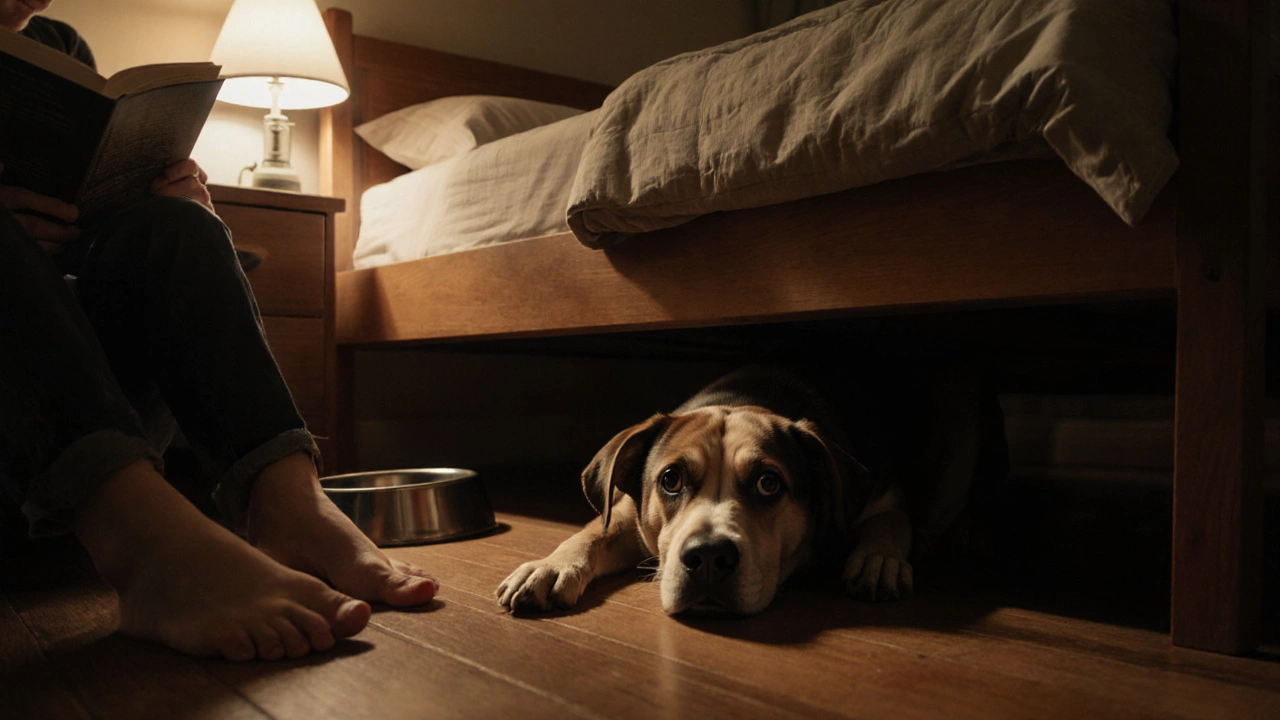Dog Socialization: How to Help Your Dog Feel Safe Around People and Other Pets
When we talk about dog socialization, the process of exposing a dog to new people, animals, environments, and experiences in a positive way. Also known as puppy socialization, it's not a one-time event—it's a lifelong habit that shapes how your dog reacts to the world. Many owners think socialization means letting their dog run up to every stranger or other dog at the park. But real socialization is quieter, smarter, and way more effective. It’s about helping your dog feel safe, not overwhelmed.
Good dog behavior, the way a dog responds to stimuli like noise, movement, or touch doesn’t happen by accident. It’s built through small, repeated positive experiences. A dog who’s well-socialized doesn’t bark at delivery people, flinch at umbrellas, or panic in the car. They’re curious, not scared. And the science backs this up: dogs exposed to varied sights, sounds, and people before 16 weeks old are far less likely to develop fear-based aggression later. But socialization doesn’t stop at puppyhood. Even adult dogs can learn to feel more comfortable—if you go slow, read their body language, and never force them.
dog training, a method of teaching dogs to respond to cues and behave in predictable ways plays a big role here. Positive reinforcement—rewarding calm behavior with treats, praise, or play—is the most reliable tool. Think of it like teaching a child to ride a bike: you don’t push them into traffic. You start on a quiet sidewalk, then gradually add more complexity. The same goes for your dog. A busy street? Start across the road. A loud vacuum? Turn it on from another room. Let them choose when to get closer.
And don’t forget dog anxiety, a state of fear or unease triggered by unfamiliar or overwhelming situations. It’s not just about barking or hiding. It’s the tucked tail, the lip licking, the stiff posture. These are signs your dog is stressed—not being stubborn. Many of the posts below show real cases: dogs who cry during grooming, refuse to walk past strangers, or panic on car rides. These aren’t "bad" dogs. They’re dogs who never learned how to cope. The good news? With the right approach, almost all of them can improve.
You’ll find real stories here—from how to teach a shy puppy to approach new people, to helping an adult dog stop reacting to bikes, to what to do when your dog freezes at the vet. No fluff. No hype. Just practical steps based on what actually works in real homes, with real dogs. Whether you’re new to dog ownership or you’ve been at this for years, there’s something here to help your dog feel less afraid and more confident—every single day.
Posted By Bryndle Redding On 28 Oct 2025 Comments (0)
What Is the 7-7-7 Rule for Dogs? A Simple Training Method That Actually Works
The 7-7-7 rule for dogs is a 21-day framework to help new dogs adjust safely to their home. It focuses on building trust before training, reducing anxiety, and preventing future behavioral problems.
READ MORE